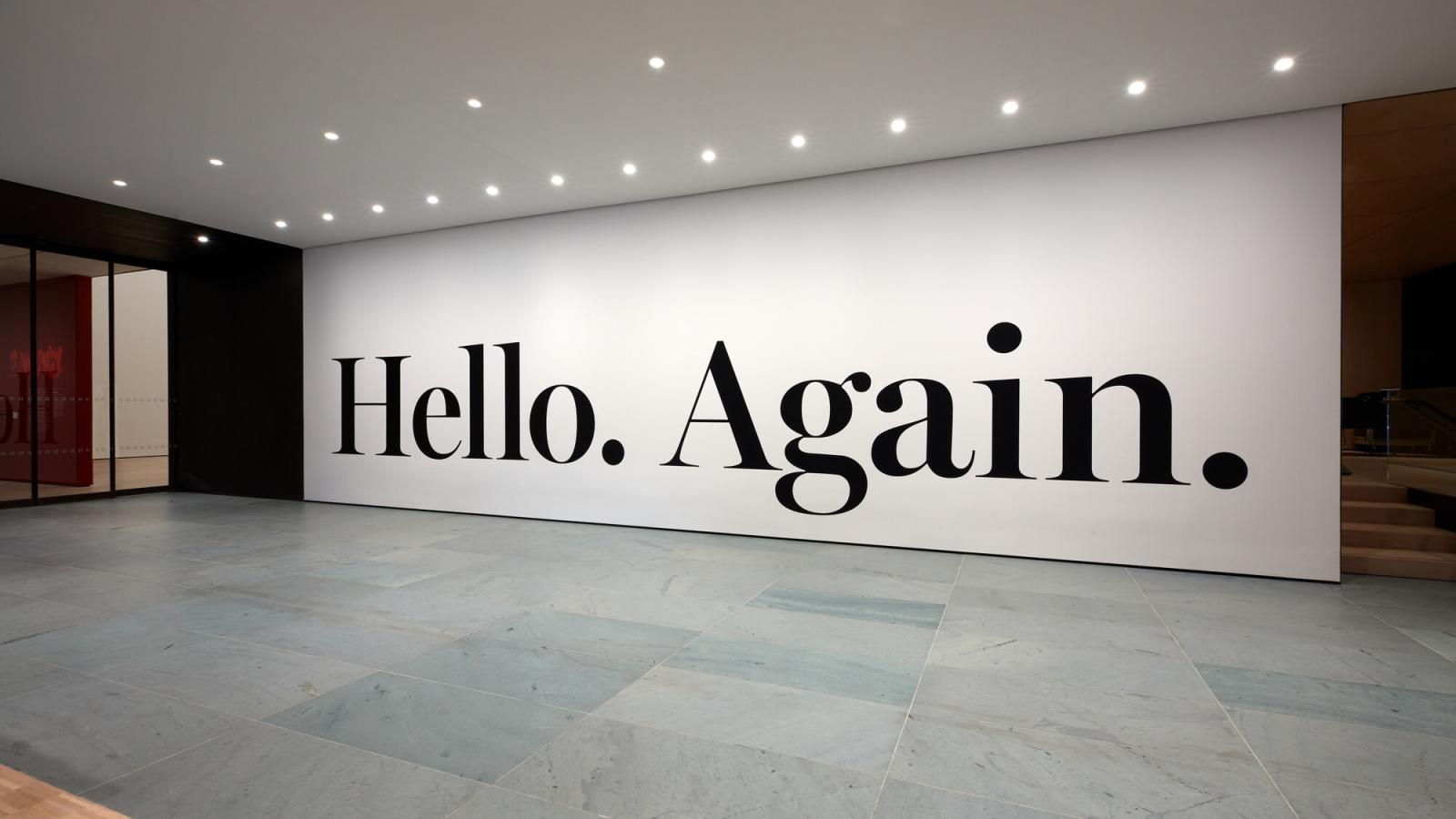“Something like a cross between a half dream and a Company, postmodernism is the word commonly used to summarize our condition. Not an avant-garde exactly, certainly not a full-blooded concept, the word has been attached rather indiscriminately to the entire field of visual culture in the late 20th century, the paintings and the television shows, fiber-optical wonders and ad campaigns. This shifty, vacuous word does not unify things in any very meaningful way…. With better definitions and better words, critical categories and problems, we can discriminate and go further to make sense of what we are seeing now.”
Such was the course description for “The History of Postmodernism,” a lecture seminar I took as a student with scholar Molly Nesbit (Atget’s Seven Albums [1992], The Pragmatism in the History of Art [2013]) in 1990—a moment coming just after the concept of postmodernism had arguably been, whatever its inconsistencies, at the apex of its influence (and aggravations) within the academy and in popular culture.
To examine the concept today, this course will revisit Nesbit’s 1990 syllabus, effectively placing this “shifty” term postmodernism in historical perspective, considering how it was being constructed then, as well as how we might best reconstruct it now. While we consider how postmodernism was engaged some thirty years ago, we will see how the term is contested—and considered outmoded—even as many issues associated with the concept, from the disruptive impact of new technologies to the fraught terms of identity, remain in play.
In addition to reading texts by authors such as Roland Barthes, Gilles Deleuze, Okwui Enwezor, and Laura Mulvey, among others, we will greet occasional visitors including Nesbit herself.
Professor Tim Griffin
SPRING 2022
Class # UG:34663 | G:34665
MON & WED 11:10 - 12:30
IN PERSON

